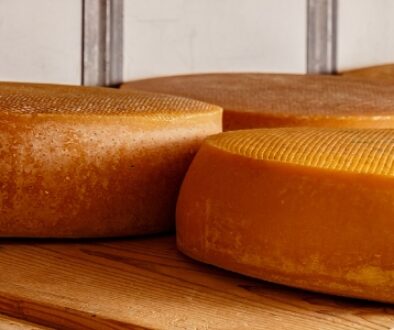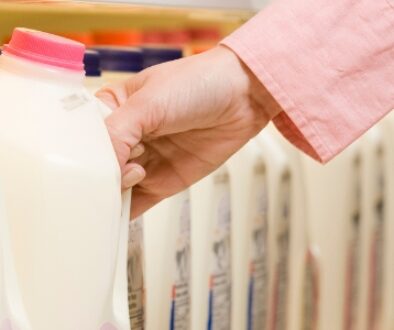Achieve Food Safety Success
Today, all food processing and food transportation companies should be fully aware of the Food Safety Modernization Act (FSMA), which was established to protect the U.S. domestic food supply. FSMA evolved with significant input from many interested parties. This has helped industry and regulators develop an acceptable program that can be adopted across varied industries and prevent food safety incidences.
Hygienic equipment design is vital to the success of this program and to processing food items safely. It also provides for the safe bulk transportation of liquid foods. Targeted concerns that can impact food safety allowed the creation of a framework that includes the items listed here.
FSMA key elements
Risk-based production controls include hazard analysis and current good manufacturing practices (GMPs, requiring training of employees). The written food safety plan must consider this hazard analysis. The plan will include the preventive controls needed to address the reasonable areas of concern identified. When considering these requirements, hygienically designed equipment should be included in each of the categories as a potential opportunity to improve food safety.
Hygienic equipment design basics are cleanable, inspectable, able to withstand conditions of use (products processed, chemical cleaning and sanitizing solutions, water, temperatures, pressures and more), nonporous, nontoxic, corrosion-resistant and free of cracks and crevices.
Many potentially feasible threats to food safety discovered during the analysis will be alleviated with adequate sanitation. Hygienic equipment design allows for this sanitation to be done efficiently, with easy visual assessment and/or access for verifying sanitation effectiveness through activities such as swabbing.
Here are a few examples to demonstrate how hygienic equipment design and operation can supplement a good food safety program:
Hazard analysis — determine all issues that are likely to occur:
- Improper materials used in/on equipment where toxins might be leached into food.
- Improper construction where foreign materials (metal shavings, plastic particles) may be introduced into food.
- Pocketed areas where liquids or chemical solutions may remain after clean-in-place efforts, causing adulteration.
Current GMPs
- Residual food that has been left on a food contact surface after cleaning due to incorrect surface finish or construction, causing allergen cross-contact, contamination and migration, bacterial growth and promotion of pathogen growth.
- Proper construction to maintain cooling or heating for temperature-sensitive foods or ingredients (also applies to bulk transport vessels).
- Ease of disassembly for manual cleaning (also an element in training).
- Accessible for inspection (verification).
Human food to animal feed
- Appropriate vessels for storage, cooling and transport of bulk human food for animal feed.
Formulation of a written food safety plan
Hazard analysis — identification of preventive controls needed.
Preventive controls:
- Process — hygienic equipment designed to be best for the process required and to allow for easy verification of parameters controlled.
- Food allergens — hygienic equipment design is critical for protection and prevention from/of allergen cross-contact issues.
- Sanitation — equipment of proper design will clean well and produce acceptable visual evaluation and environmental/adenosine triphosphate/allergen test results.
- Other — reputable companies manufacturing certified hygienic equipment will provide technical support and information, training and restrictions of use.
Through FSMA implementation, many food processing facilities and bulk transport companies are working to provide the proper protection and verification required to ensure safe human and animal foods.
Keep up to date on current industry news here.
Source: DairyFoods.com




